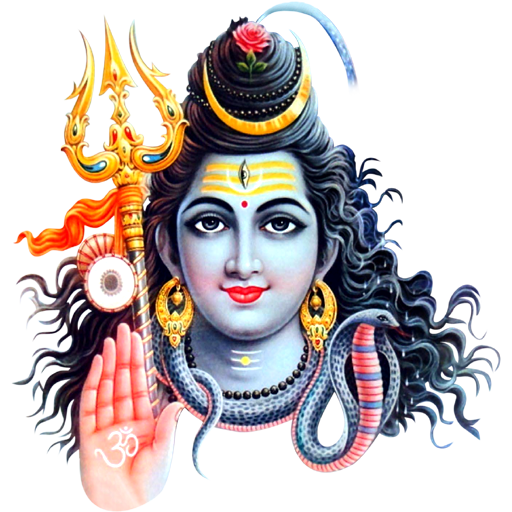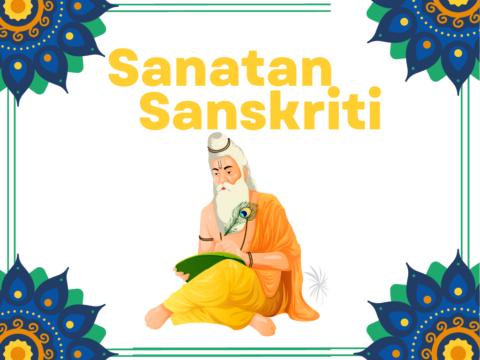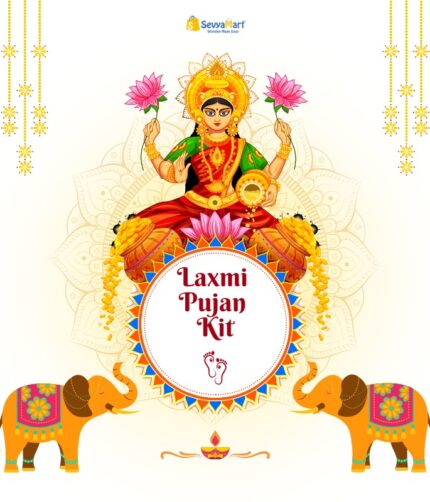Introduction
Lord Shiva, also known as Mahadeva or the Great God, holds a prominent place in Hindu mythology and is one of the most revered deities. As the destroyer of evil and the embodiment of grace and compassion, Lord Shiva symbolizes the cycle of creation, preservation, and dissolution. In this article, we will delve into the various aspects of Lord Shiva’s significance, mythology, and worship.

1. The Origin and Symbolism of Lord Shiva
- Introduction
- 1. The Origin and Symbolism of Lord Shiva
- 2. The Legends and Mythology Surrounding Lord Shiva
- 2.1 Nataraja: Lord Shiva as the Cosmic Dancer
- 2.2 Ardhanarishvara: The Union of Shiva and Shakti
- 2.3 Neelkantha: The Blue-Throated God
- 3. Lord Shiva’s Role as the Destroyer
- 4. Worship and Devotion to Lord Shiva
- 4.1 Maha Shivaratri: The Great Night of Shiva
- 4.2 Jyotirlingas: Sacred Abodes of Lord Shiva
- 4.3 Rudraksha: The Divine Seed of Shiva
- 5. Lord Shiva in Contemporary Culture
- 6. The Spiritual Teachings of Lord Shiva
- Conclusion
- FAQs (Frequently Asked Questions)
Lord Shiva, the supreme god of Hinduism, is believed to be eternal and formless. He is often depicted as a yogi sitting in deep meditation on Mount Kailash, his abode in the Himalayas. Lord Shiva is adorned with a snake around his neck, representing his control over desires and ego. His matted hair symbolizes his wild and untamed nature, while the crescent moon on his forehead represents spiritual enlightenment.
2. The Legends and Mythology Surrounding Lord Shiva
2.1 Nataraja: Lord Shiva as the Cosmic Dancer
In Hindu mythology, Lord Shiva is revered as the Nataraja, the Lord of Dance. His cosmic dance, known as the Tandava, symbolizes the rhythmic movement of the universe and the eternal cycle of creation and destruction. Nataraja’s dance is a captivating portrayal of divine energy and beauty.
2.2 Ardhanarishvara: The Union of Shiva and Shakti
Ardhanarishvara is the divine form where Lord Shiva and his consort, Goddess Parvati, are depicted as half-man and half-woman, united in a single body. This representation emphasizes the concept of the inseparable union of masculine and feminine energies in the universe.
2.3 Neelkantha: The Blue-Throated God
According to Hindu mythology, during the churning of the cosmic ocean, a poisonous substance emerged, endangering all beings. Lord Shiva drank the poison to protect the universe but held it in his throat, turning it blue. This event earned him the name Neelkantha, meaning “blue-throated.”
3. Lord Shiva’s Role as the Destroyer
3.1 The Cosmic Dance of Destruction
As the destroyer, Lord Shiva plays a crucial role in the Hindu trinity, along with Brahma, the creator, and Vishnu, the preserver. Shiva’s destructive powers are not malicious but serve the purpose of clearing the path for new beginnings and renewal. His dance of destruction represents the constant cycle of life and death.
3.2 Shiva’s Weapon: The Trishul (Trident)
Lord Shiva is often depicted holding a trishul, a three-pronged spear-like weapon. The trishul symbolizes the control over the three fundamental aspects of existence: creation, preservation, and dissolution. It also represents the harmony of mind, body, and spirit.
4. Worship and Devotion to Lord Shiva
4.1 Maha Shivaratri: The Great Night of Shiva
Maha Shivaratri, meaning “the great night of Shiva,” is a significant festival celebrated by devotees worldwide. On this auspicious night, devotees engage in fasting, meditation, and night-long vigils to seek Lord Shiva’s blessings. It is believed that sincere worship on Maha Shivaratri cleanses the soul and brings spiritual upliftment.
4.2 Jyotirlingas: Sacred Abodes of Lord Shiva
Jyotirlingas are the twelve sacred shrines dedicated to Lord Shiva across India. These sites are considered highly auspicious and attract millions of devotees every year. Each Jyotirlinga is believed to radiate divine light and bestow blessings upon its visitors.
4.3 Rudraksha: The Divine Seed of Shiva
Rudraksha, derived from the Sanskrit words “Rudra” (another name for Shiva) and “aksha” (meaning eyes), is a seed with spiritual significance. It is believed that wearing Rudraksha beads promotes mental clarity, peace, and spiritual growth. Devotees consider them as a way to connect with Lord Shiva’s divine energy.
5. Lord Shiva in Contemporary Culture
5.1 Lord Shiva in Art and Literature
Lord Shiva’s captivating form and mythological significance have inspired countless artists, poets, and writers throughout history. From ancient sculptures to modern paintings, Shiva’s imagery continues to be a subject of artistic expression. His portrayal in literature and poetry reflects his divine attributes and philosophical teachings.
5.2 Shiva Temples: Architectural Marvels
Shiva temples across the Indian subcontinent showcase exquisite architectural styles and intricate carvings. These temples serve as centers of worship and pilgrimage for devotees. The grandeur of these architectural marvels is a testament to the devotion and reverence people hold for Lord Shiva.
6. The Spiritual Teachings of Lord Shiva
6.1 Meditation and Self-Realization
Lord Shiva is considered the Adi Yogi, the first yogi who imparted the knowledge of yoga to humanity. His teachings emphasize the practice of meditation, self-realization, and seeking inner enlightenment. Shiva encourages individuals to go beyond the material world and discover their true nature.
6.2 Importance of Renunciation and Detachment
Lord Shiva’s ascetic lifestyle signifies the importance of renunciation and detachment from worldly attachments. His teachings guide individuals to detach themselves from material desires and embrace a life of simplicity, purity, and spiritual growth.
Conclusion
Lord Shiva, the supreme deity of Hinduism, embodies various aspects of divinity, from destruction to rejuvenation and spiritual awakening. His symbolism, mythology, and teachings continue to inspire millions of devotees worldwide. By embracing Lord Shiva’s virtues, individuals can seek inner transformation and connect with the deeper realms of existence.
FAQs (Frequently Asked Questions)
- Is Lord Shiva a benevolent deity?
- Yes, while Lord Shiva is often associated with destruction, he is also considered a compassionate and benevolent deity who grants blessings and protection to his devotees.
- What is the significance of Lord Shiva’s third eye?
- Lord Shiva’s third eye represents higher perception, inner wisdom, and the power of spiritual knowledge.
- Can anyone worship Lord Shiva?
- Yes, Lord Shiva is open to all forms of worship and welcomes devotees from different backgrounds and beliefs.
- How does Lord Shiva inspire spiritual seekers?
- Lord Shiva’s teachings on meditation, self-realization, and detachment inspire spiritual seekers to explore the depths of consciousness and attain inner peace.
- Where can I find more information about Lord Shiva’s stories and legends?
- Various Hindu scriptures such as the Shiva Purana and the Mahabharata contain detailed accounts of Lord Shiva’s stories and legends.
Get Access Now: https://bit.ly/J_Umma
In conclusion, Lord Shiva’s divine presence and teachings continue to captivate the hearts and minds of people worldwide. His significance as the supreme deity of Hinduism, the destroyer of evil, and the epitome of spiritual enlightenment make him a revered figure in the pantheon of gods. By embracing the virtues and teachings of Lord Shiva, individuals can embark on a transformative journey of self-discovery and spiritual growth.











